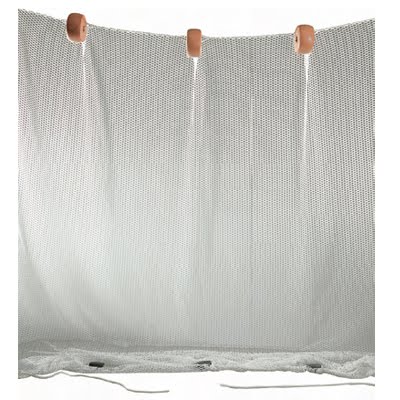If you get tired of fried crappie, try these delicious recipes, developed and tested in my kitchen by Yours Truly, and friends.
Crappie Tacos: this is a lot like the fish tacos you get from the taco-stands in Baja region of Mexico, and southern California, except they use Tilapia most of the time. Tilapia is delicious, but crappie is better.
Makes 6 tacos:
12 corn torillas
6 crappie fillets, cut to the length of a folded corn tortilla.
2 cups diced onions
3 cups fresh chopped cilantro
6 lime quarters ( 2 limes will give you 8 quarters. Squeeze the 2 extras into your beer or tea.)
1/3 cup melted butter (or margarine)
1 tsp Chili Powder
1 tsp Cumin (I prefer fresh ground, but you can use bottled ground cumin if you
want)
Your favorite salsa, or hot sauce, to taste
Salt and pepper to taste
*optional: sliced avocados
Start by heating two skillets or a flat grill to 350 degrees, on the stove, or use electric ones. While the grill/skillets are heating, melt the butter in the microwave (carefully, on low power), and add the chili powder and cumin to it.
When the grill/skillet is hot heat up the 12 tortillas and place them in a tortilla holder, or wrap in foil and place in a 250-degree oven to keep warm.
Spray the grill/skillet with a non-stick cooking spray, then place the fillets on the grill. As they are cooking, drizzle the butter/spice mixture over them. Cook about 2 minutes, then carefully turn them over, and repeat for the other side. When they are done, remove them to a plate. (Note: the fish are done when they flake easily with a fork. Do not over-cook)
To assemble the tacos, place two tortilla, one on top of the other, on a plate, and place a fillet on top. Put onions, cilantro, salsa, salt and pepper, and avocado slice (if desired) on top of the fillet. Squeeze a lime quarter over the top, getting as much juice as possible out of it, then fold the tortilla in half. Repeat for the other 5 tacos.
Garnish with an ice-cold Dos Equis, or Carte Blanche
Pascare il Linguine: this has the flavor of fine gourmet dining. It starts with a basic Sauce Blance, or Bechamel. If you are ever going to be serious about cooking, you need to learn the 5 basic sauces that all other sauces are derived from: Bechamel, Veloute, Espagnole, Hollandaise, Mayonnaise, and Vinaigrette. I have include the recipe for Bechamel. Keep it for future reference. You will use it a lot, as it is the "King of Sauces". All we do for this is to create a delicate-flavored garlic basil sauce to enhance the natural flavor of crappie, but not cover it up. It is heavenly!
Makes 2 servings.
1 pound of linguine, cooked al-dente.
2 cups L'aglio-basilico- la Salsa di Oregan (recipe follows)
4 crappie fillets (one complete fish for each plate)
1 tbsp melted butter
1 tbsp white wine
salt and pepper to taste
For the : L'aglio-basilico- la Salsa di Oregan:
2 cups milk
4 tbsp melted butter
4 tbsp flour
2 tbsp minced garlic
1 tbsp basil
1 tsp oregano
salt and pepper to taste
Dan Eggertsen is a fishing researcher and enthusiast who is committed to providing the best crappie fishing information possible. Go to http://www.askcrapp iefishing. com/editorials/ 5-crappie- recipes_. html for more information on crappie recipes.






















































